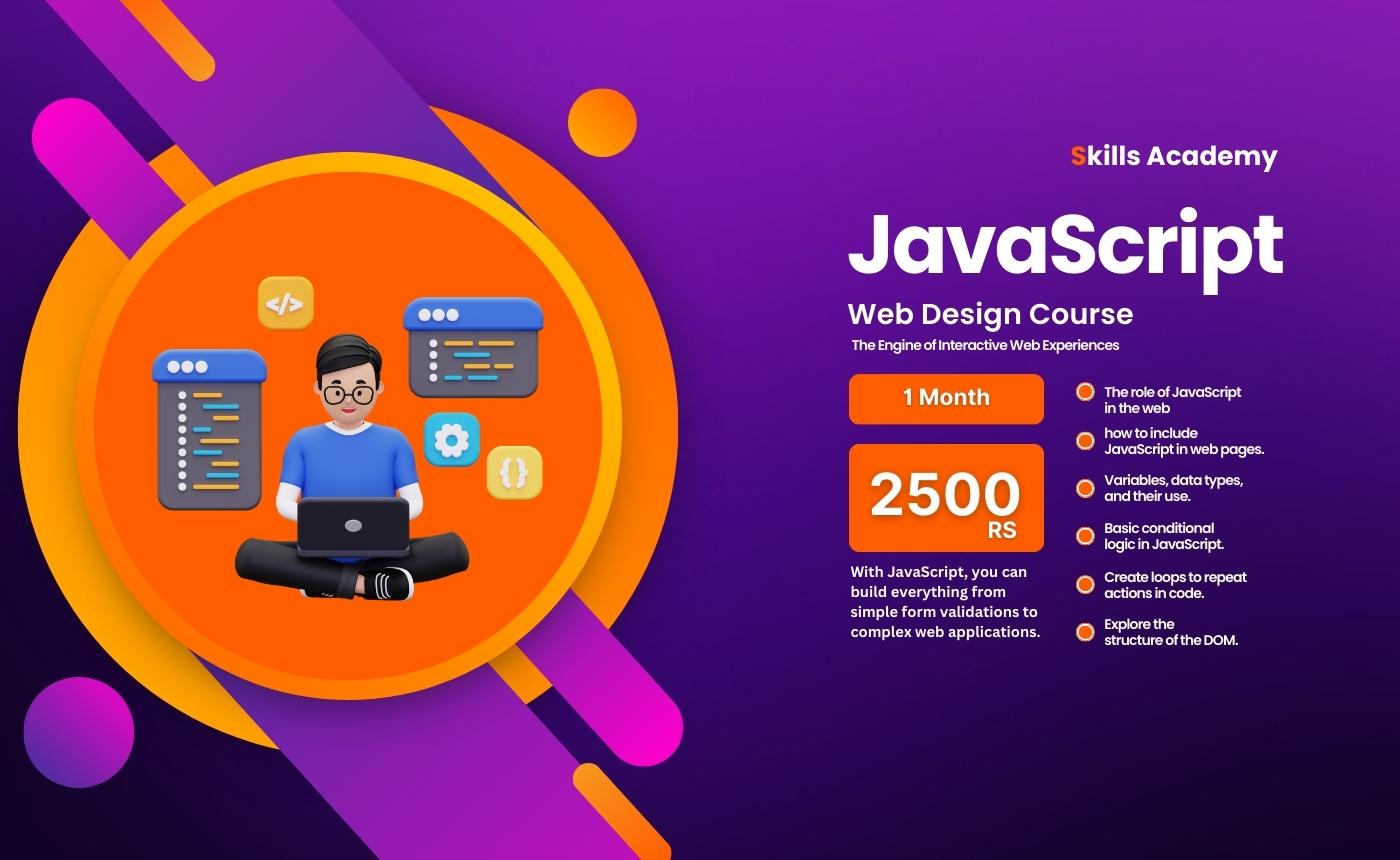Adobe Illustrator is a versatile and powerful graphic design software created by Adobe Inc. It is widely used by professionals and beginners alike for creating vector-based artwork. With its intuitive interface and a vast array of tools, Illustrator allows users to design everything from logos, illustrations, and typography to complex graphics and intricate diagrams. Its vector-based nature ensures that designs are scalable without any loss in quality, making it an indispensable tool for graphic designers, artists, and anyone looking to bring their creative ideas to life. Whether you’re a seasoned designer or just starting your creative journey, Adobe Illustrator is the key to unlocking your graphic design potential.
- What is Adobe Illustrator, and what role does it play in graphic design?
- Answer: Adobe Illustrator is a vector graphics software used for creating and editing vector-based artwork, making it ideal for tasks like logo design, illustration, and typography.
- How can you customize your Illustrator workspace for maximum efficiency?
- Answer: You can customize your workspace by arranging panels and tools to suit your workflow and by saving custom workspaces for different tasks.
- What is the Pathfinder panel used for in Adobe Illustrator?
- Answer: The Pathfinder panel is used to perform operations on multiple shapes, such as combining, subtracting, and dividing them to create more complex shapes.
- What are some of the key functions of the Shape Builder tool?
- Answer: The Shape Builder tool allows you to easily combine, divide, and trim overlapping shapes, making it a versatile tool for creating complex artwork.






